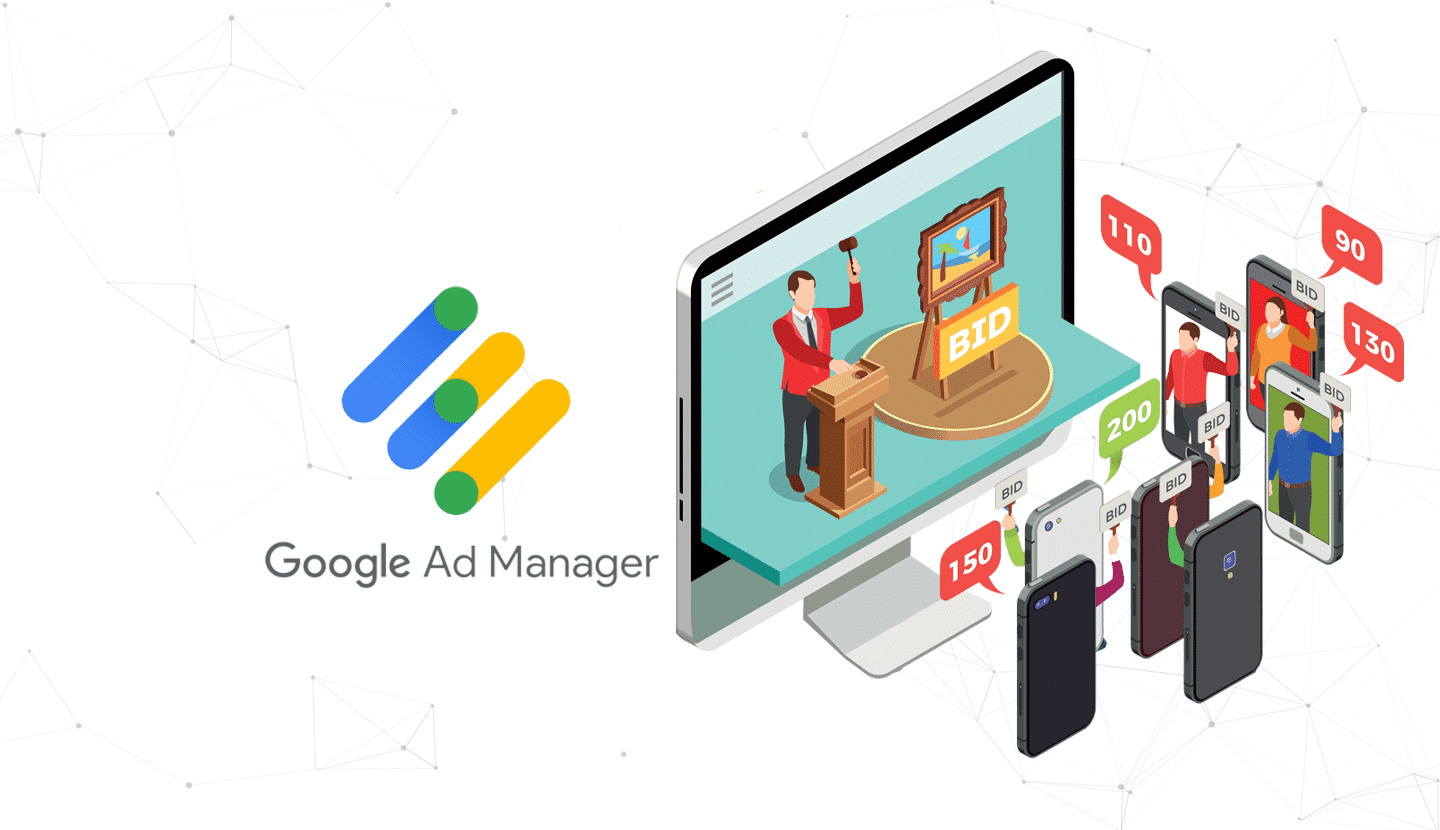Unified First-Price Auction

Important changes on Google Ad Manager: what are the impacts of first-price auction & unified pricing rules?
Google announced earlier that it will be making some important updates to its Ad Exchange environment this year. In the coming months, inventory will gradually transition from a second-price to a first-price auction while open auction pricing rules will be replaced with unified pricing rules.
The introduction of these two major changes can potentially have a significant impact on publishers’ programmatic monetization strategy, in the short and long terms. The purpose of this article is to better explain the nature of these updates and the potential impacts they may have.
To give you a very quick and high-level summary:
- In the short term, algorithm adjustments can have a negative impact on publishers, as the buyers and the market will be adapting to new market rules.
- In the long term, these changes will be beneficial to publishers, but some operational challenges and adaptation will be necessary.
1. First-Price Auction
Google Ad Exchange, also known as AdX, has been operating using the second-price auction model until now. Over the coming months, the platform will be transitioning to a first-auction model. What is the difference between these two and what to expect from this change?
The current model: second-price auction
Second-price (a.k.a. Second Bid) was the traditional programmatic buying model where the winning bidder would pay the price of the second-highest bid in the auction + $0.01.
- Example: An auction receives three bids: A: $7.25, B: $7.35 and C: $7.50. Buyer C ends up winning the bid and will pay $7.36 (i.e. the second highest price + $0.01). If there were only one bid, the floor price for the inventory would be used as the second bid.
- Benefits: Winning advertisers have a chance to pay less for inventory (this is called the “clearing price”) than the offer they originally submitted.
- Limits: Some people figured out ways to cheat the system, that is why this change is implemented as there will be less fraud on the bid processing.
Introducing first-price auction rules
First-price (a.k.a. First Bid) is the new model that will be implemented, where the highest bid determines what the winner will pay, generally maximizing revenue potential for the seller.
- Example: An auction receives three bids: A: $7.25, B: $7.35 and C: $7.50. The highest bid wins the auction, and buyer C will pay $7.50, without any price reduction.
- Benefits:
- All major exchanges/SSPs except Google AdX are already using this model since September 2017;
- Simplifies the bidding process;
- Offers greater pricing transparency;
- Gives publishers the highest eCPMs for their inventory.
Impacts & Challenges
- For Buyers, the impact of this change will be that there will be less fraud on the bid processing.
- For Publishers, the impact can be more important if the floors are not managed properly. Some buyers in a first-price auction model would use a technique known as Bid Shading. Since there is no more price reduction like in a second-price model, they try to find a way to reduce their bid value as much as possible while still winning the auction. Consequently, managing the floors becomes a crucial strategic challenge.
2. Unified Auction
As part of the transition to a first-price auction, unified pricing rules will be replacing open auction pricing rules. The unified auction rules will influence all the non-guaranteed line items (Network, Price Priority and Bulk), as well as the AdExchange (First Look, Private Auction and Open Exchange) and Exchange Bidding.
- Benefits: You are maintaining consistent pricing across all the indirect sources of demand.
- Challenges: It can be challenging to find the right floor to use for the inventory. It should not be set too low to cannibalize direct sales.
- Note: Since the implementation will be gradual, it will be possible to test various pricing strategies.
It is important to note that the unified auction rules will only impact the non-guaranteed line items if the Google Ad Exchange belongs to you. If you are using the AdX of a Google partner, you will not be impacted. However, if you are using multiple AdX partners, the unified auction rules will apply across the partners.
3. Next Steps & Dates
- Since early May: Unified pricing rules open beta. All publishers can start setting up floor prices with the new unified pricing rules.
- Since June 10: One percent (1%) of your Ad Exchange traffic is transitioned to a first-price auction, where the closing price is determined by the highest net bid in the auction. Only unified pricing rules apply to this traffic. This traffic is chosen randomly by Google’s algorithms.
- Late June: Five percent (5%) of your Ad Exchange traffic to be transitioned to a first-price auction, where the closing price is determined by the highest net bid in the auction. Only unified pricing rules will apply to this traffic.
- Late July: All of your Ad Exchange traffic (100%) will have transitioned to a first-price auction. Only unified pricing rules apply to this traffic going forward.
You can also refer to the Transition schedule to the first-price auction published by Google for more details and up-to-date calendar, as well as download their PDF about Unified pricing rules best practices.
4. Conclusion
These two updates from Google are significant in their impact on publishers, as buyers will be adapting to the new rules and changing their buying patterns. However, the proper management of the pricing rules may minimize potential impacts. It should be noted that the full implementation of these two updates will be made during the summer when the buying activities are at their lowest points.
5. Useful References

Claude Cajolet
LEADING TECH AND MONETIZATION ARCHITECTURE
Claude has extensive experience in the fields of visual simulation, 3D animation, interactive TV and media. In addition to mastering the technical aspects, Claude held several management positions. Under his leadership, his teams have created innovative products that have been sold around the world.
